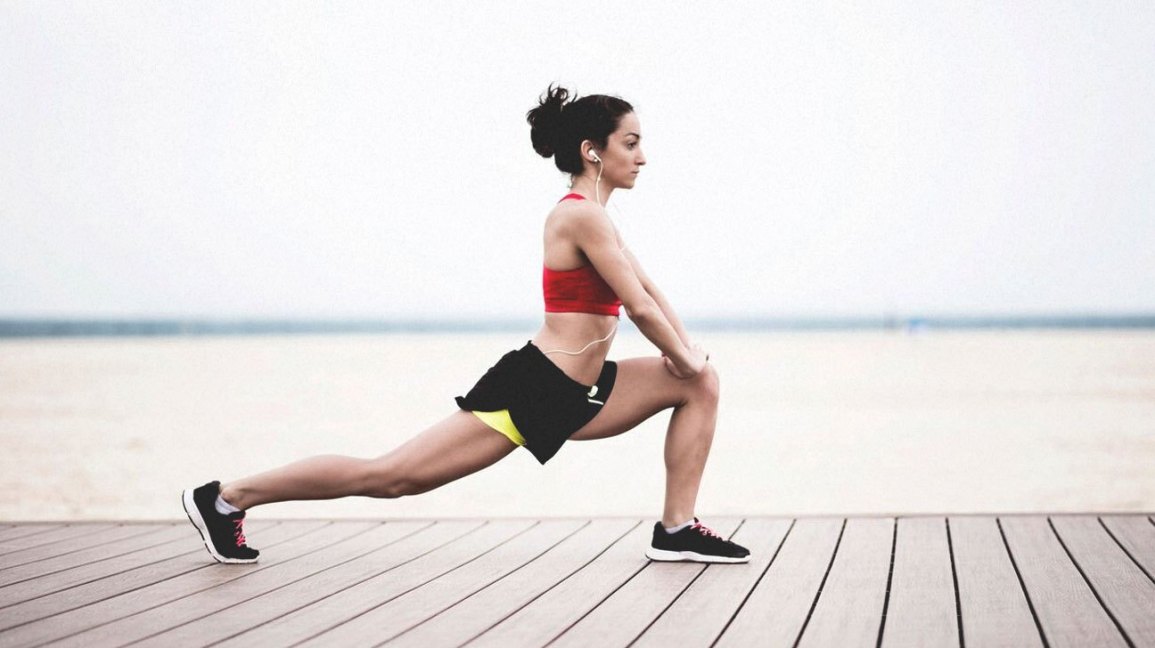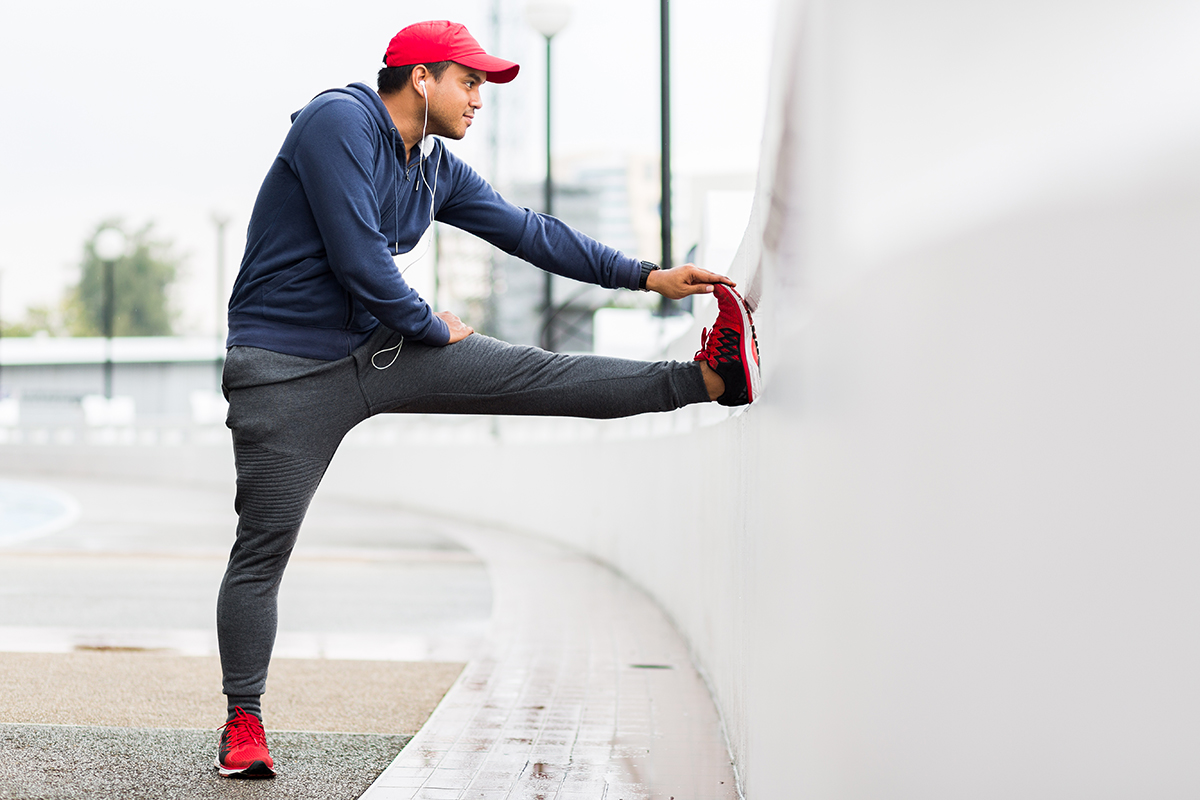Are you silently suffering from groin pain? Well, there are many people who blush discussing problems with groin pain and silently suffer. Groin pain actually gets triggered due to several reasons, including overly tight, weak groin muscles or groin twitches or strains.
A balanced exercise program that mostly targets different areas of the body or previous injuries is the best way to alleviate groin pain. This not only removes pain but also improves general flexibility and posture, preventing the possibility of repeated damage. Placing exercises within your daily routine also strengthens and stabilizes muscles near the groin that are necessary for mobility and lower body performance.
Yes, we always suggest people who suffer from groin pain to consult a certified sports trainer who is qualified from the Delhi fitness trainer course. These people can develop the proper routine based on your condition. Since groin pain can come from a variety of sources, such as strained muscles, ligament sprain, and overuse injuries, it is logical to have a professional assess your condition and stance so the exercises will properly correct the condition without causing further stress or injury to the troubled area.

Here are some of the recommended exercises by fitness experts that can help you ease your groin pain:
Upright Side Stretches
This is going to help you build your inner thigh, along with the muscles that bind the groin. It improves lateral flexibility and is a great way to warm up the muscles prior to engaging in more intense exercises.
Below are the procedures on how to perform this exercise:
- First, stand shoulder-width apart with your legs. This gives the body a stable base and enables the muscles to prepare for movement.
- Then try to bend the knee of the right leg and transfer your weight onto the same leg. Keep your feet well anchored.
- You will then begin to feel the contraction of the muscles that encircle your inner thigh and groin area, signaling that you are performing the exercise in the right way.
- Most importantly, attempt to hold each side for approximately 20 to 30 seconds. This hold allows the muscle fibers to elongate and hence become more elastic.
- Perform the same exercise on the other side as well.
To make the advantage even more, you can gradually extend the duration of the stretch and include the extension of the arms to engage the core and upper body muscles.
Seated Stretching
Seated stretching exercise is another great exercise that will tighten and strengthen the groin muscle area. It’s especially useful for improving flexibility in people who sit for hours at a time.
The following are the steps you should follow to execute the seated stretching exercise correctly:
- First, sit correctly on a good yoga mat on the ground. Your back should be straight and your shoulders relaxed.
- Then, bend both knees in a way that both soles touch each other.
- Now, place your hands on your feet and hold them tight.
- Straighten your back as you try to tuck your knees down towards the ground. Don’t push it—let gravity do the work.
- In doing so, a slight stretch on the inner thigh and groin muscle area will be experienced.
- In order to achieve even better results, don’t rush. Take your time by feeling the stretches and try to hold yourself in the same position for 20 to 30 seconds.
- Repeat the exercise 10 to 15 times.
To increase effectiveness further, concentrate on your breathing for each stretch. Deep, consistent breathing may cause tension release and enhance your own stretch potential in the long run.
Sumo Squats
Sumo squats are also reported to work well for toning your inner thigh muscles and strengthening your groin muscles. Unlike normal squats, the broader stance in sumo squats gives extra stimulation of the adductor and groin muscles.
Below are the steps that you have to do:
- Stand with an upright stance with your feet extremely wide and toes pointing outwards. Your toes ought to point at approximately 45 degrees.
- Slowly go down to the squatting stance until your knees fold. Your knees should be aligned with your toes.
- You will feel the stretch in the region of the groin muscle. It is here where the activation happens.
- Maintain the pose for 20 to 30 seconds. Holding makes the muscle endurance stronger and develops strength in stabilizing muscles.
For a more dynamic effect, perform 10–12 repetitions on each set and 2–3 sets. Maintain a straight back and core engagement in the motion.
Conclusion
Groin pain can be painful and debilitating, especially when it involves routine motions like walking, sitting, or exercising. Nevertheless, with consistent and properly guided exercise, you can reduce discomfort and even prevent further injury.
I hope you feel better after these exercises. If you still experience groin pain, I would recommend you consult the assistance of a certified personal trainer in the fitness trainer course in Delhi or your family doctor. A trained professional will assess the severity of your problem and devise a recovery programme with rest, rehabilitation, and gradual return to activity.
Remember that everybody responds differently to physical stress. Listen to your body, rest when needed, and most importantly, never push through the sharp or ongoing pain. Recovery begins with self-awareness, gentle motion, and correct support.












